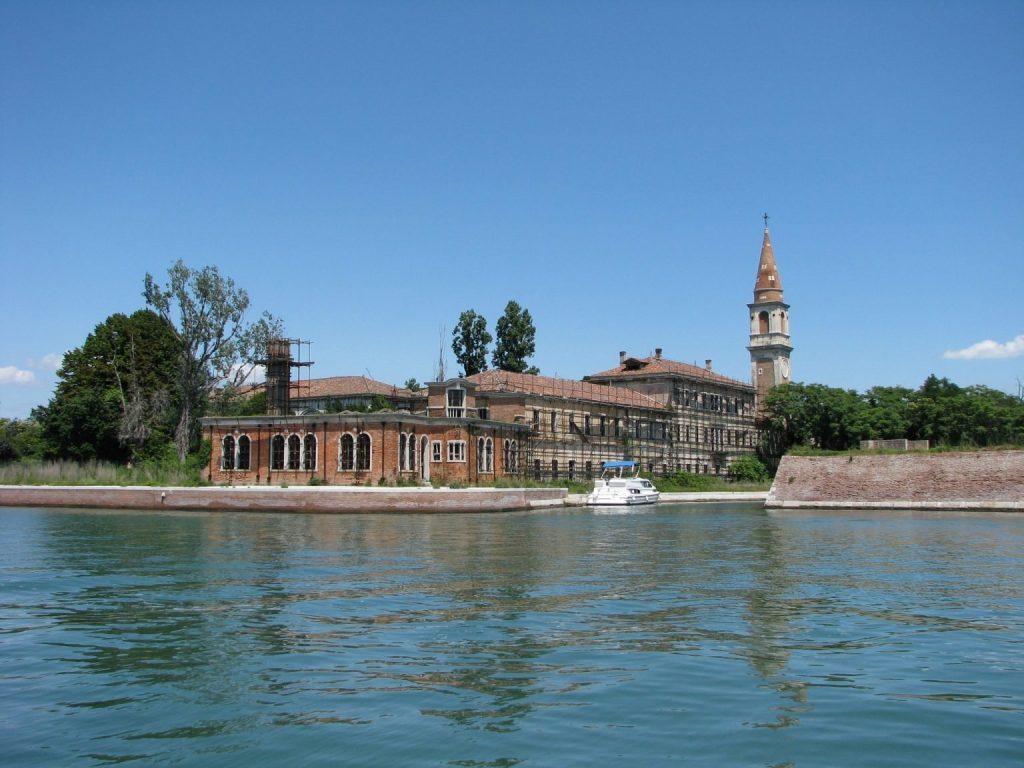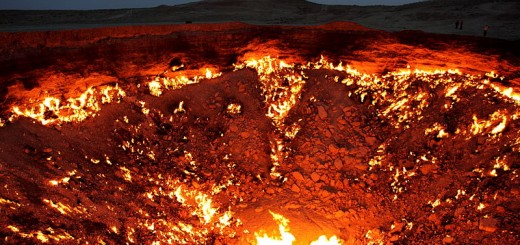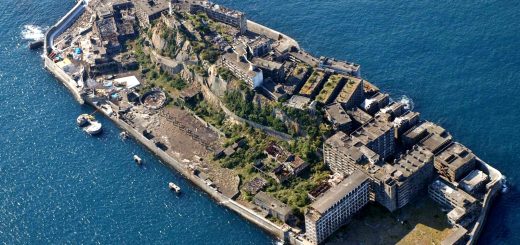Poveglia Island: Italy’s Most Haunted Hideaway
Tucked away amidst the serene waters of the Venetian Lagoon, Poveglia Island, known locally as ‘Poveglia,’ emerges as a small but mysterious presence in northern Italy. A subtle canal divides this tranquil isle into two distinct parts, concealing a history that continues to captivate and terrify.
Table of Contents
An Echo of Ancient Origins
Poveglia Island makes its historical debut in records dating back to 421 AD when it served as a sanctuary for people fleeing the relentless invasions of barbarian hordes. Over time, its population grew, and by the 9th century, it had evolved into a thriving community under the governance of a dedicated Podestà. However, in 1379, as Venice faced a Genoan fleet’s threat, the residents of Poveglia found themselves forced to relocate to Giudecca, leaving their island to an uncertain fate.
Centuries of Silence
In the wake of their departure, Poveglia Island remained eerily deserted for generations. In 1527, even the offer of the island to Camaldolese monks was met with refusal. But history had other plans. In 1645, the Venetian government constructed five octagonal forts to protect the lagoon’s entrances, and the Poveglia octagon is one of the few that still endure.
Poveglia Island took a grim turn in 1776 when it fell under the jurisdiction of the Magistrato alla Sanità, becoming a critical checkpoint for all goods and travelers navigating the waters between Venice. In 1793, the arrival of plague-stricken ships marked a sinister transformation. Poveglia Island became a temporary confinement station for the ill, or a ‘lazaretto.’ Napoleon Bonaparte, in 1805, during his rule, saw the old church of San Vitale destroyed, repurposing the ancient bell tower into a lighthouse. The lazaretto’s doors finally closed in 1814.
A Dark Chapter: Mental Asylum and Abandonment
The island’s grim journey continued as it became a quarantine station once more, this time lasting from 1793 to 1814. In 1922, the island’s structures underwent a transformation, converting into an asylum for the mentally ill. Later, it served as a nursing home and long-term care facility until its doors closed in 1968. Afterward, the island witnessed a brief stint in agriculture before being abandoned completely.
Auctioning Off the Enigma
In 2014, the Italian government attempted to unlock Poveglia’s potential by auctioning a 99-year lease of the island, hoping to raise revenue and revitalize its haunting history. However, the highest bid, led by Italian businessman Luigi Brugnaro, failed to meet the required conditions. Other efforts, including plans for a public park, marina, restaurant, hostel, and study center, have surfaced, yet the island continues to lie in vacant silence.
The Haunting Structures of Poveglia Island
Among the haunting remnants that remain on Poveglia Island are the cavana, a church, a hospital, an asylum, a bell tower, and various housing and administrative buildings. The most prominent structure is the ancient bell tower, which dates back to the 12th century, once belonging to the church of San Vitale. Today, it stands as a lighthouse, a sentinel over the island’s dark past.
The Haunting Legacy
Poveglia Island’s harrowing history is punctuated by the presence of one or more plague pits. Estimates suggest that over 100,000, and possibly even 160,000, souls met their end on this forsaken isle and were interred in these mass graves. News reports as recent as 2014 and 2015 confirm the existence of dilapidated buildings, including St. Vitale’s church, a hospital, an asylum, and even remnants of a prison, all eerily preserved as if frozen in time.
Poveglia Island, with its haunting legacy, stands as a chilling testament to the passage of time and the indomitable echoes of history. While visits remain prohibited, the island’s enigmatic aura and tales of the paranormal ensure that its dark secrets will never truly rest in peace.
FAQs About Poveglia Island: Unveiling Italy’s Forbidden Enigma
1. What is Poveglia Island, and where is it located?
Poveglia Island, known as ‘Poveglia,’ is a small island situated between Venice and Lido in the Venetian Lagoon, Northern Italy. It’s a place steeped in haunting history and chilling legends.
2. Why is Poveglia Island famous?
Poveglia Island is renowned for its dark and tragic past. It served as a quarantine station during plagues, a mental hospital, and is rumored to be one of the most haunted places globally, making it a frequent subject of paranormal shows.
3. Can I visit Poveglia Island?
Unfortunately, no. Visits to Poveglia Island are strictly prohibited. It’s off-limits to the public due to safety concerns and its eerie reputation.
4. Is Poveglia Island really haunted?
Many people believe so. Its history of suffering, plague pits, and unsettling tales of paranormal activity have led some to label it as one of the most haunted places in the world.
5. What is the history of Poveglia Island?
Poveglia Island has a long and dark history. It was a refuge during barbarian invasions, a bustling community, a quarantine station for the sick, a mental hospital, and later abandoned.
6. Can I stay on Poveglia Island?
As of now, there are no accommodations available on the island. Efforts to redevelop it into a luxury hotel have not materialized.
7. Are there guided tours to Poveglia Island?
While official guided tours aren’t offered due to the island’s restricted access, some boat tours in the Venetian Lagoon pass by Poveglia, allowing visitors to catch a glimpse from a distance.
8. Who owns Poveglia Island?
Poveglia Island remains under state ownership. In the past, there have been attempts to lease the island for redevelopment, but they were unsuccessful.
9. Can I explore the island’s abandoned buildings?
No, the island’s abandoned buildings are off-limits to the public due to safety concerns and the deteriorating state of the structures.
10. What is the future of Poveglia Island?
Plans for the island’s future have included ideas for a public park, marina, restaurant, hostel, and study center, but as of now, Poveglia Island remains untouched and vacant.





















